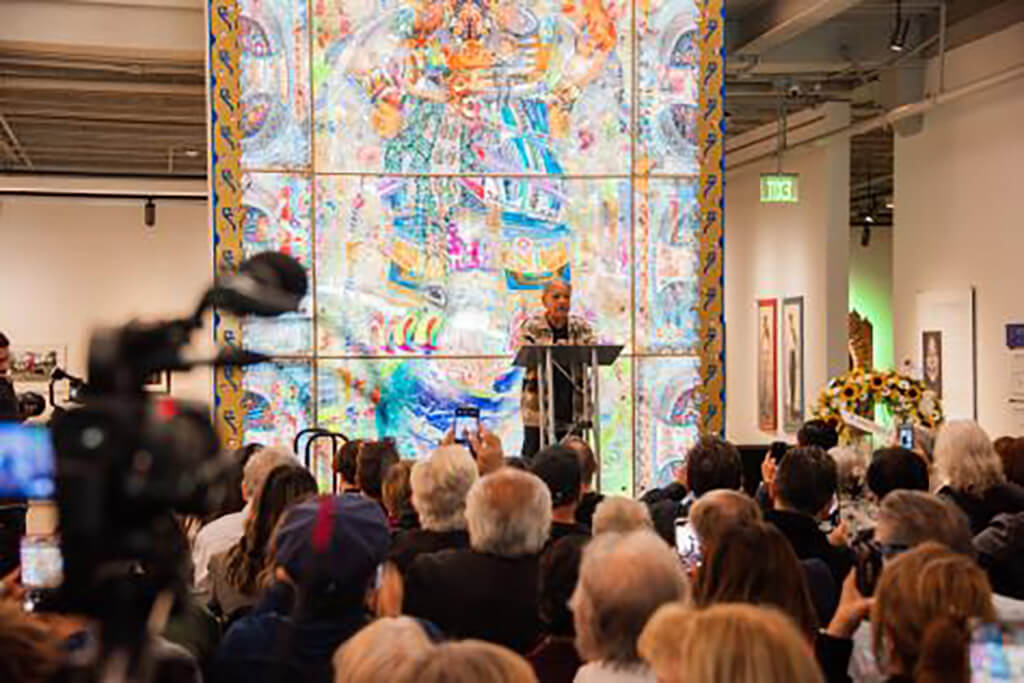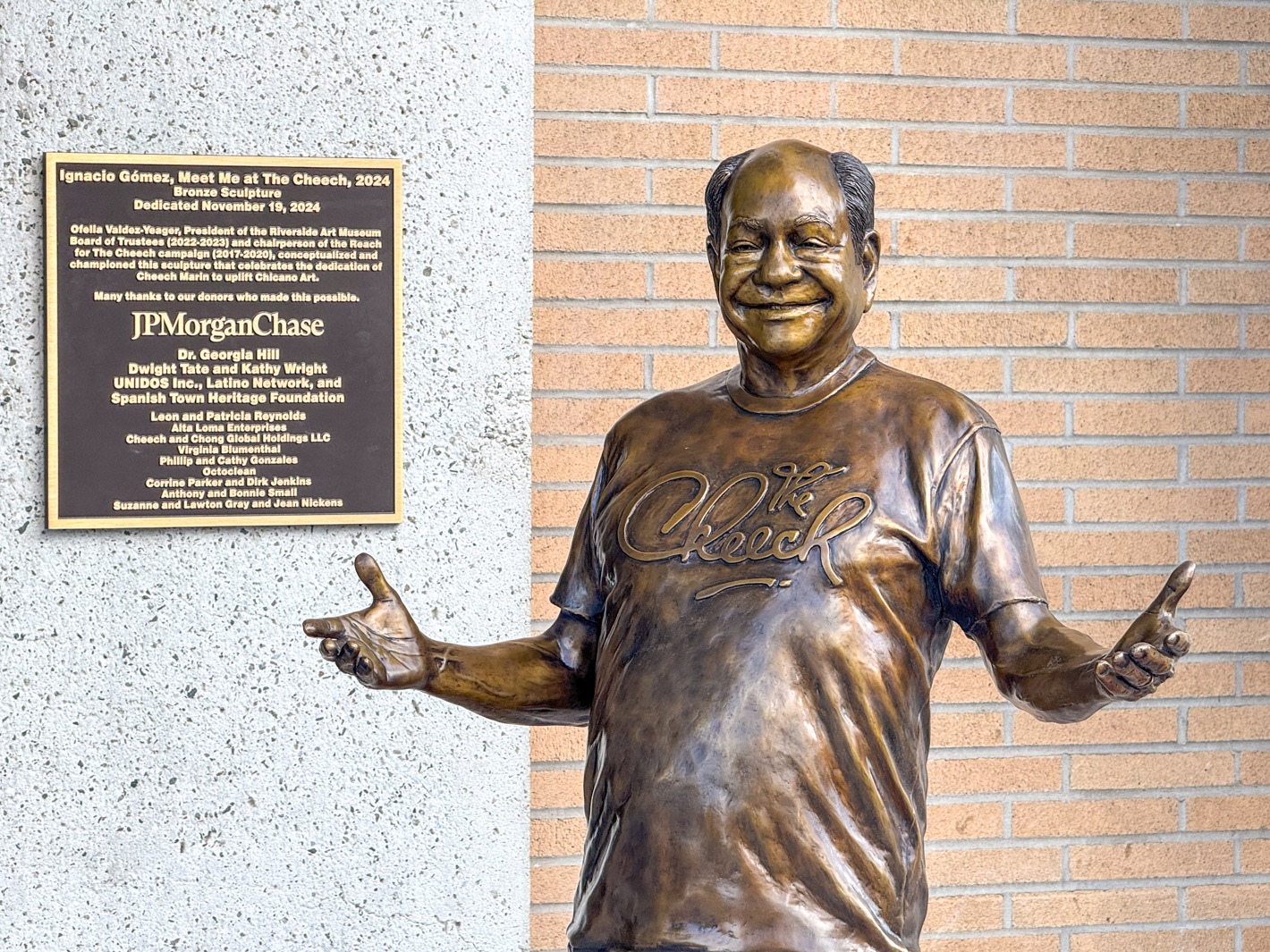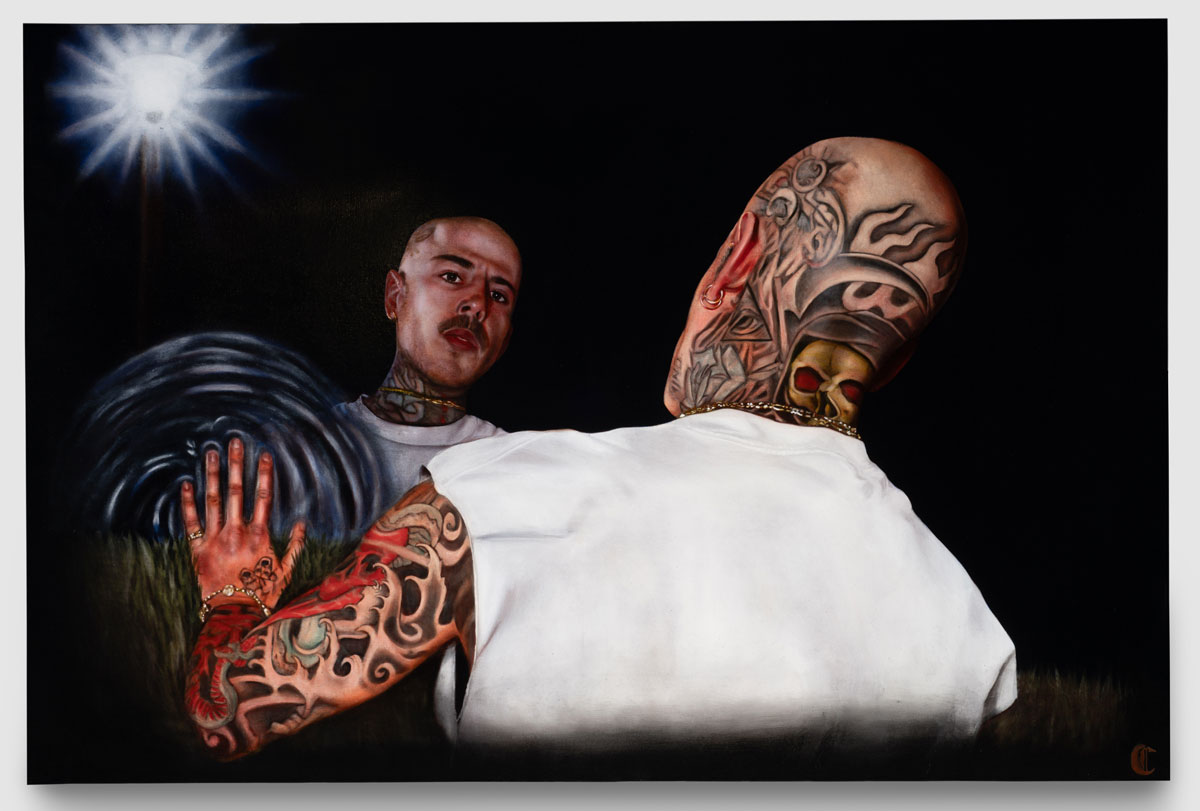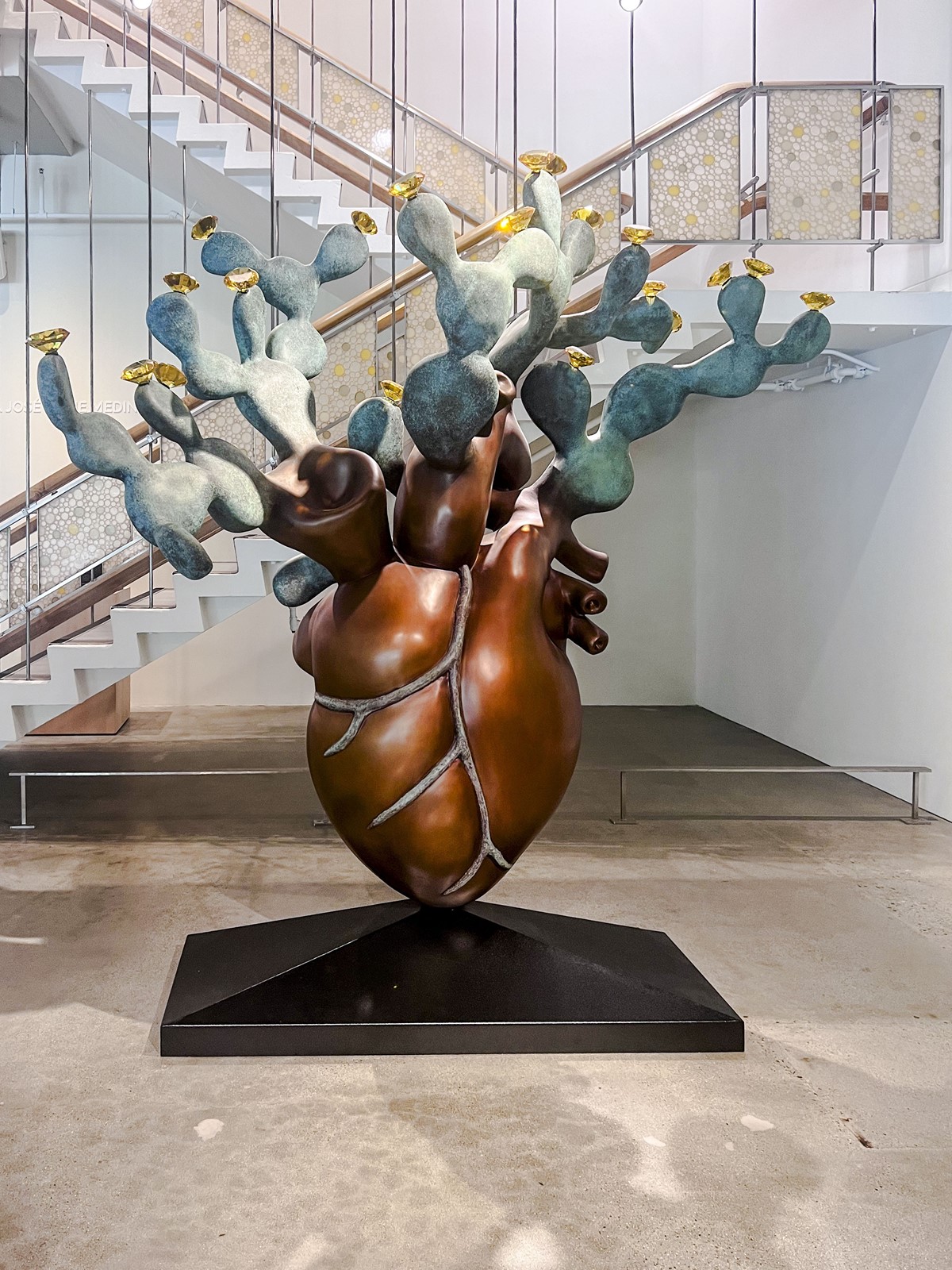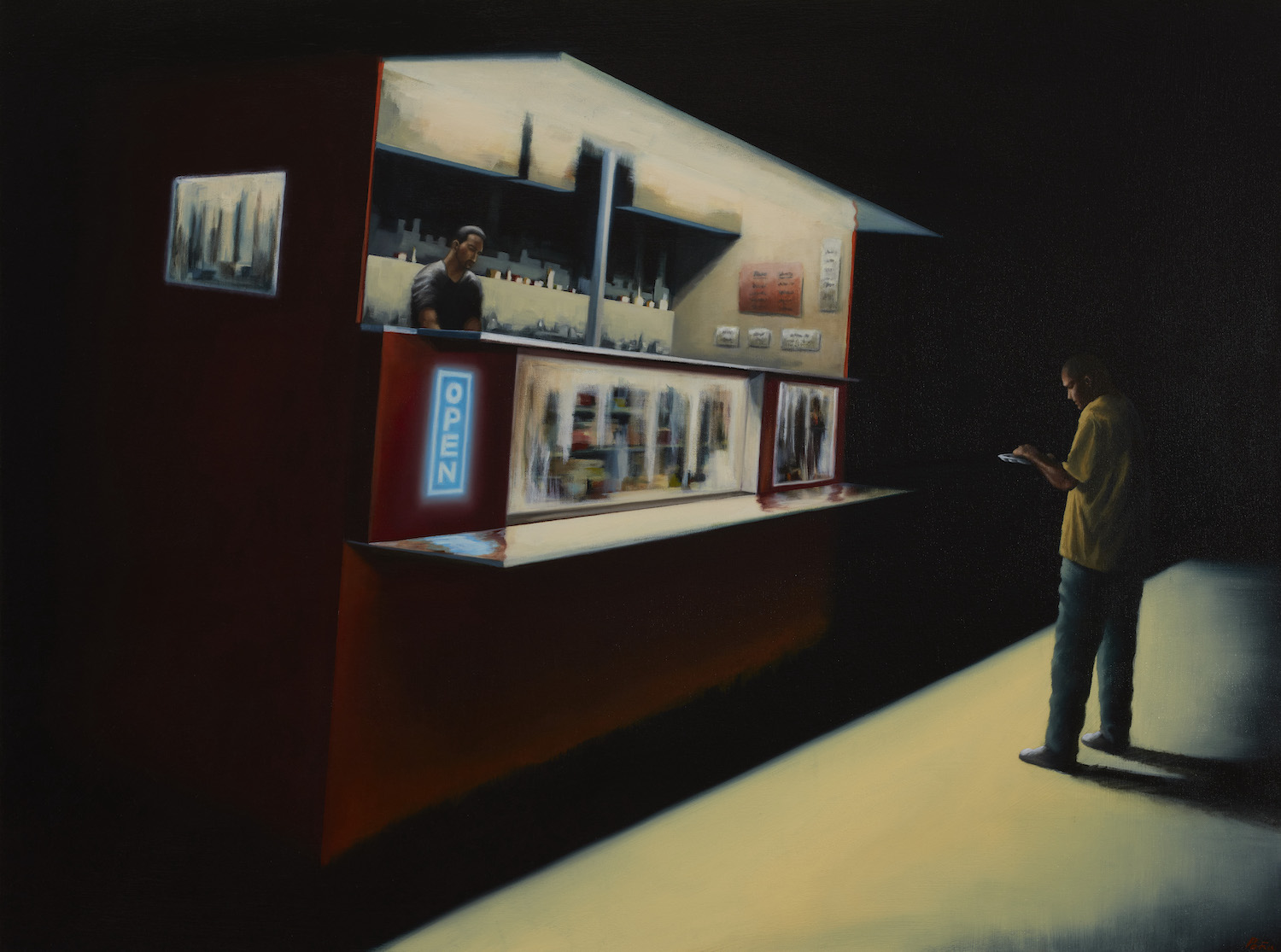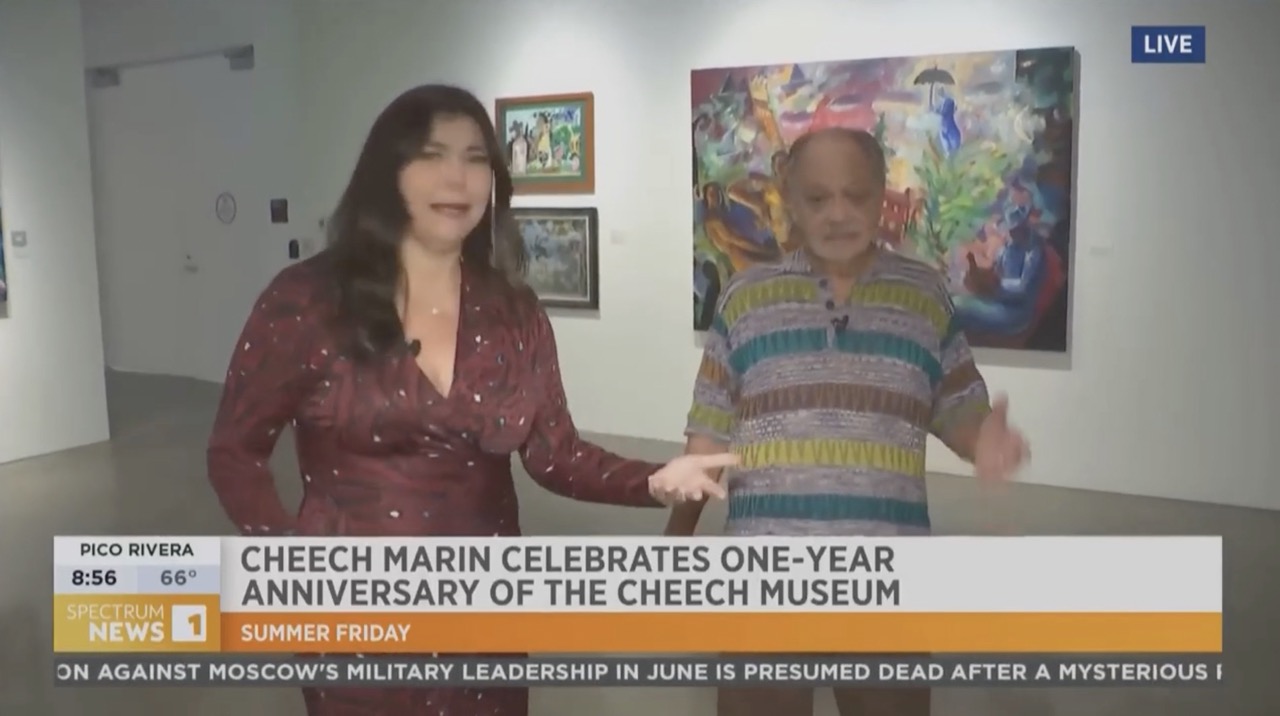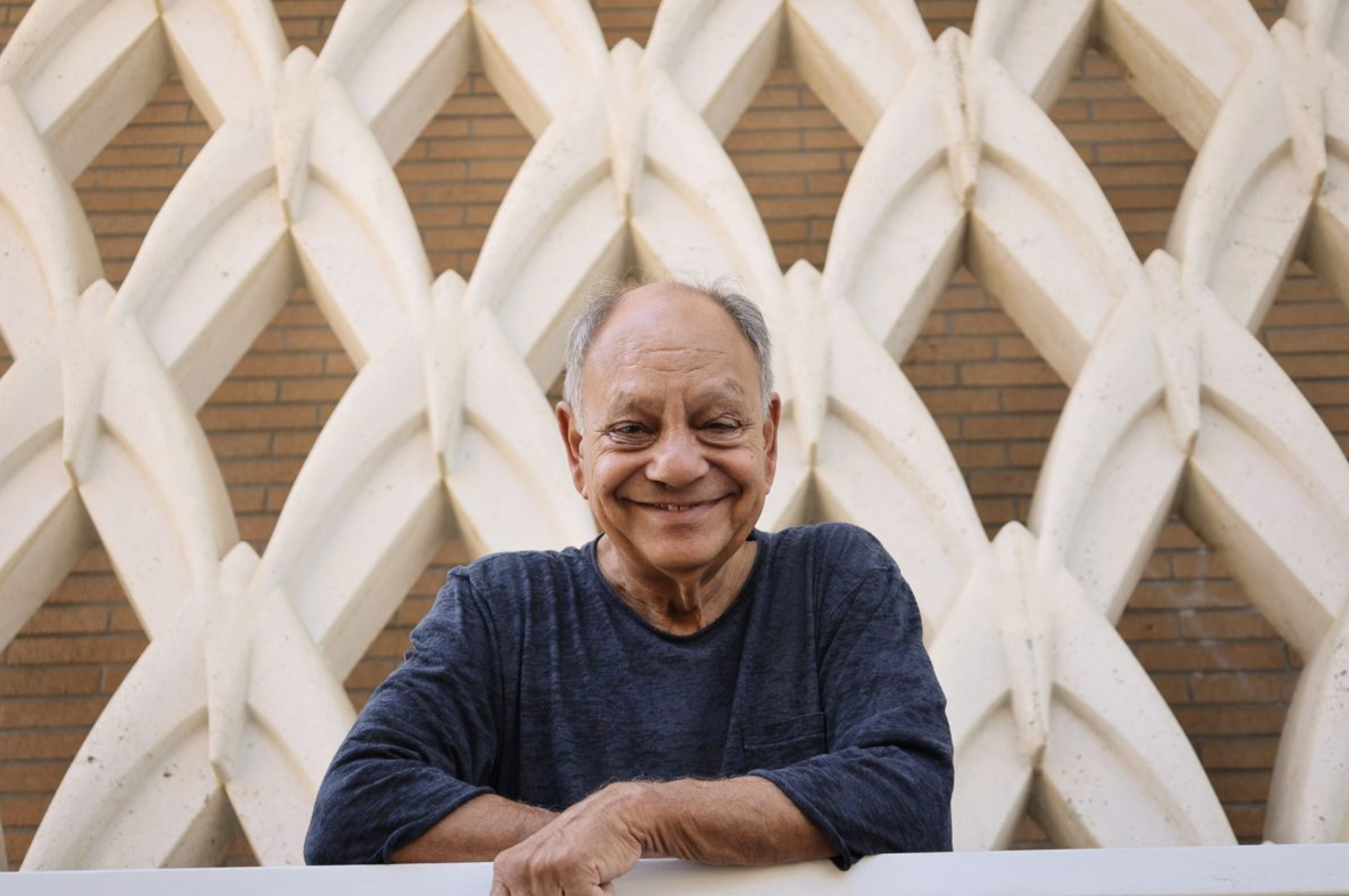
Emerging in the 1960s after decades of social and economic discrimination, the Chicano Movement sought to bring equality and ethnic empowerment and pride to the Mexican-Americans, helping to construct new transnational identities and fueling a renaissance in politically charged arts. Used as a vehicle for achieving new and more credible human values, Chicano art brought new iconography and symbolic languages that articulated the ideology of the movement and established a unique artistic identity in the US, while reaffirming the Chicano community’s spiritual as well as political sensibilities. Known as the art of struggle, protest, and identity, Chicano art became a forum where creativity and activism converge into something combustible, inspiring, and breathtakingly bold.
